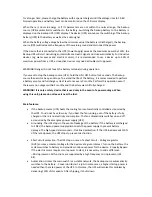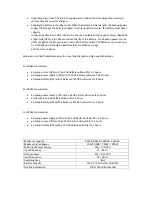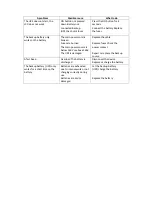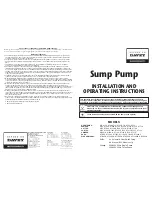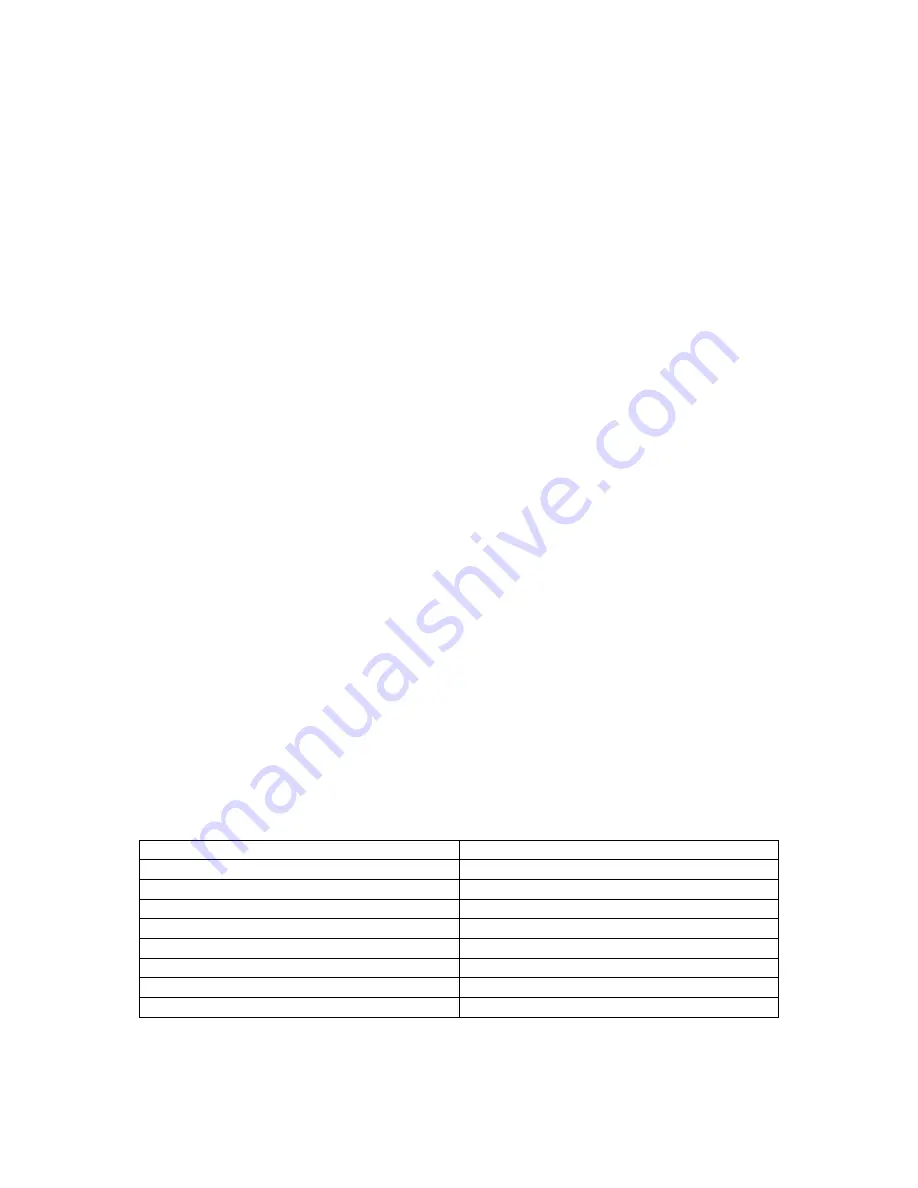
High charging current: The initial charging current is about 10A. It charges the battery in
shorter time than normal chargers.
Keeping the battery in standby mode: When the battery is fully charged, the backup power
supply (UPS) keeps the battery charged. To achieve optimal results, the battery must have a
capacity
in the range of values: 50 Ah -150 Ah. Do not use a battery with a capacity of less than 50Ah,
as the initial UPS (up to 10A) can reduce the life of the battery. For a backup power source
(UPS) of 1050W / 1500, you need to use a 24V battery or two 12V batteries. If you use two
12 volt batteries, it should be batteries that are of the same age
and the same capacity.
Below you can find theoretical values for new, fully charged and high quality batteries.
For 100W consumpion:
a backup source (UPS) with a 65 Ah battery will work for 3.5 hours.
a backup power supply (UPS) with a 120 Ah battery will work for 6.5 hours.
a backup battery (UPS) with a battery of 150 Ah will work for 8 hours.
For 200W consumption:
a backup power source (UPS) with a 65 Ah battery will work for 2 hours.
a UPS with a 120 Ah battery will work for 3 hours.
a backup battery (UPS) with a battery of 150 Ah will work for 4 hours.
For 300W consumption:
a backup power supply (UPS) with a 65 Ah battery will work for 1.5 hours.
a backup source (UPS) with a 120 Ah battery will work for 2.5 hours.
a backup battery (UPS) with a 150 Ah battery will work for 3 hours.
Maximum capacity
500VA 800VA 1000VA 1500VA
Maximum rated power
300W 500W 700W 1050W
Main Input Power Supply
150 – 270 VCA
Input frequency
45 – 65 Hz
Output power
207 – 241 VCA
Input frequency
50 – 60 Hz
Switching time
<
4ms
Battery capacity
12V DC / 24V DC (
for
1050 W)
Overload protection
110% 130% (30
seconds
)


